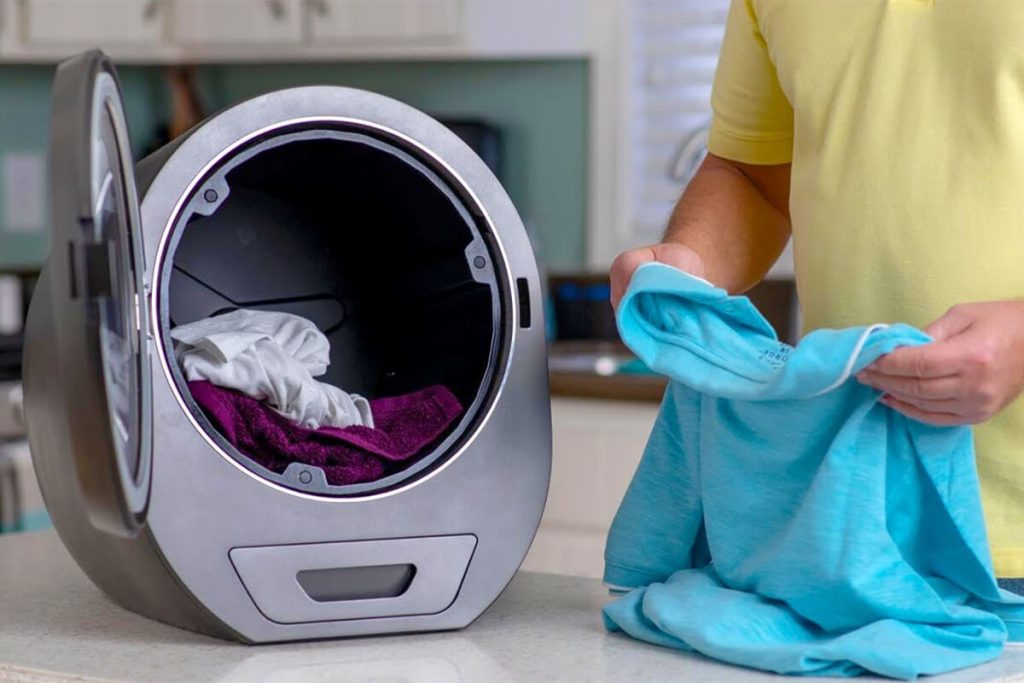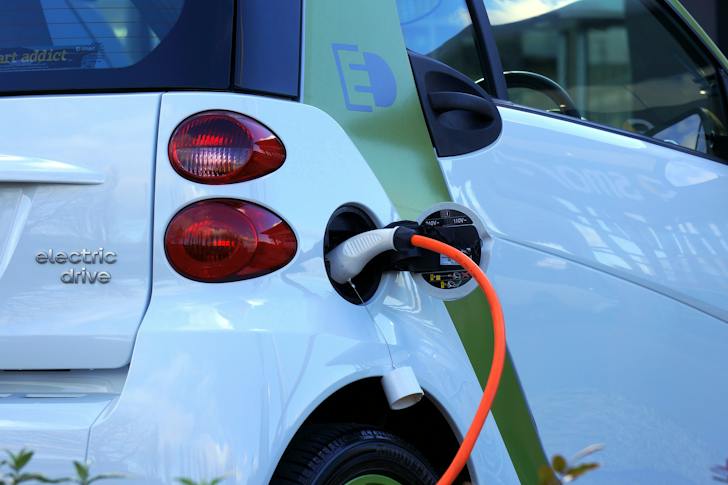Brushing your teeth with eco-friendly bamboo toothbrushes is an excellent way to reduce plastic waste and help the environment. In this blog post, we will cover what eco-friendly bamboo toothbrushes are, how to choose one, their various benefits, how to use them, and recycling options for these brushes properly.
What Are Eco-Friendly Bamboo Toothbrushes?
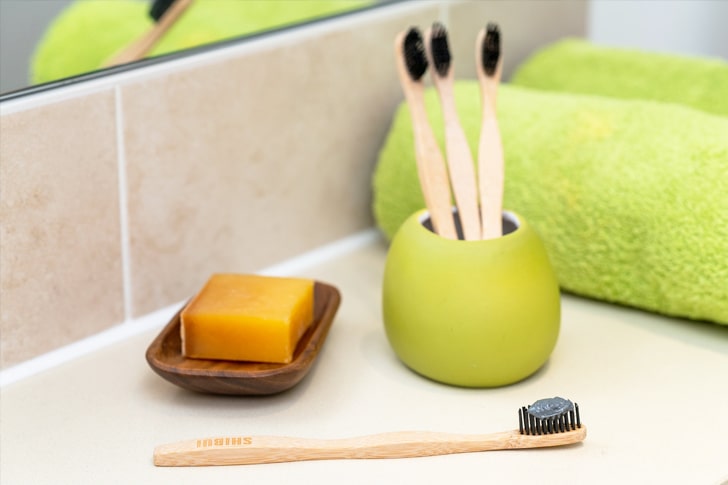
Pexels / Aaron Crowe
Environmental Benefits
Eco-friendly bamboo toothbrushes are made from renewable sources. Instead of plastic, which takes a long time to decompose in landfills, these brushes are made with bamboo, which is more biodegradable and breaks down naturally over time. Additionally, they typically have nylon bristles which can be recycled or composted.
Types Of Bamboo Toothbrushes
Eco-friendly bamboo toothbrushes come in two basic types: those with plastic handles and those with bamboo handles. Bamboo-handled brushes are usually the most sustainable option since all parts can be recycled or composted. However, some plastic-handled brushes are still eco-friendly since they use less plastic than standard ones, and many companies offer recycling programs.
How To Choose An Eco-Friendly Bamboo Toothbrush
Size
When choosing an eco-friendly bamboo toothbrush, it is essential to consider its size. The brush should fit comfortably in our hands and reach all mouth surfaces. If someone has difficulty getting to certain areas of their mouth with a standard-sized one, they may want to try a smaller or angled brush head for better access to hard-to-reach areas.
Bristle Type
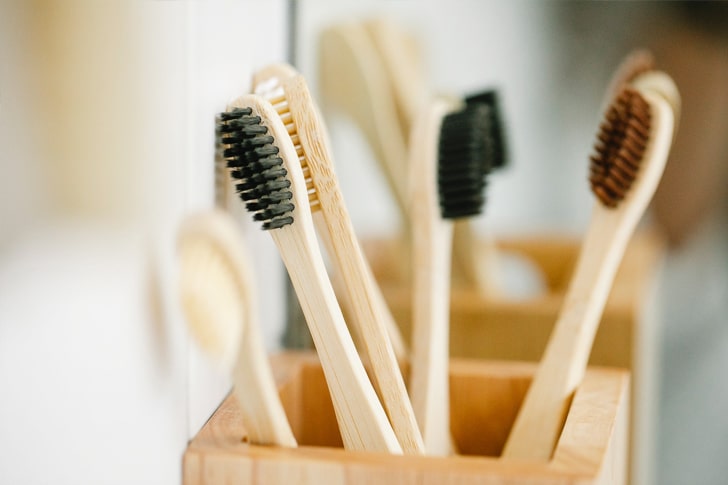
Pexels / Sarah Chai
Several different bristle types are available for eco-friendly bamboo toothbrushes, including soft, medium, firm, and extra firm. Choosing the type of bristle that best suits your needs is vital since some may be too abrasive for sensitive teeth or gums, while others may be too weak to clean teeth properly.
Handle Strength
The handle matters when selecting an eco-friendly bamboo toothbrush, as it must be sturdy enough to stand up to daily use without breaking apart or becoming too flimsy to use effectively. Look for brushes with solid handles that are comfortable to hold and won't splinter or crack easily with frequent use.
Benefits Of Eco-Friendly Bamboo Toothbrushes
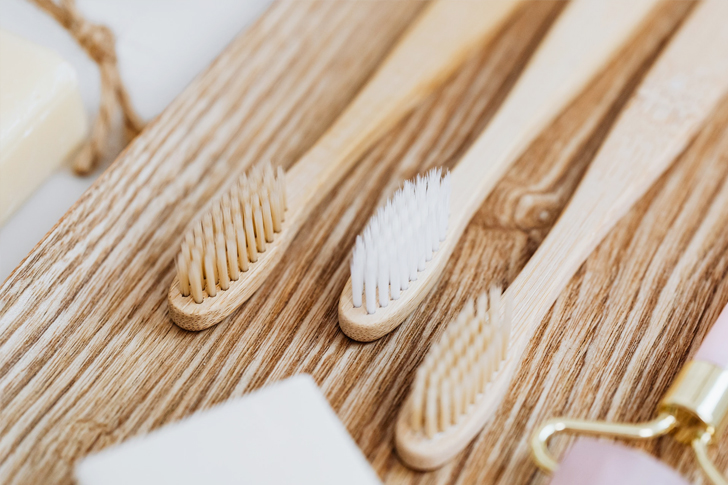
Pexels / Karolina Grabowska
A. Healthier Teeth - Eco-friendly bamboo toothbrushes can help keep our teeth healthy by providing a thorough yet gentle cleaning that won't strip away enamel or irritate sensitive gums. Bamboo brushes also feature angled bristles that can reach deep between teeth and along the gum line more effectively than standard brushes for superior cleaning power.
B. Longer Lifespan - Standard plastic toothbrushes must be replaced every three months due to bacteria build-up. However, eco-friendly bamboo brushes can last up to 6 months before needing replacement due to their antibacterial properties and reinforced handles for added durability and strength when brushing vigorously.
C. Flexible Handle - Unlike plastic toothbrushes with rigid handles that can cause discomfort when holding them in the mouth during brushing, eco-friendly bamboo toothbrushes have flexible ones that conform to the shape of our mouth for more comfortable brushing sessions. It prevents our jaw muscles from tiring while brushing plaque and food particles from hard-to-reach crevices in between teeth and along the gum line
D. Biodegradable - Another great benefit of using eco-friendly bamboo toothbrushes is their biodegradability which helps reduce landfill waste and carbon emissions from manufacturing processes that produce standard plastic brushes. The latter take hundreds of years to decompose in landfills after disposal.
How To Properly Use An Eco-Friendly Bamboo Toothbrush
Brushing Technique
When using an eco-friendly bamboo toothbrush, it is essential to use proper brushing technique at least twice a day for two minutes each time, paying particular attention to hard-to-reach areas along the gum line and crevices between teeth. That's because bacteria can quickly accumulate if not cleaned thoroughly regularly with a good brushing technique. Use circular motions followed by a gentle scrubbing motion along each tooth surface to remove plaque build-up and freshen breath while simultaneously preventing cavities and gum disease.
Care and Cleaning
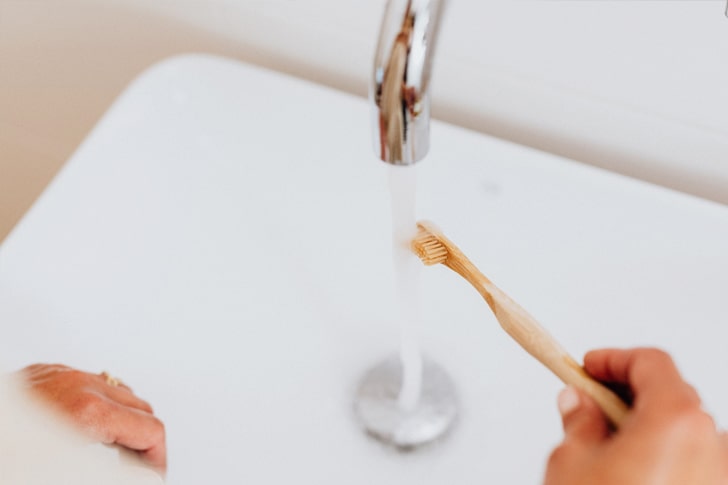
Pexels / Karolina Grabowska
In addition to proper brushing technique, it is also important to keep your brush clean between uses by rinsing off any food particles left behind after every brushing session with warm water and occasionally with a mild antibacterial solution such as hydrogen peroxide or white vinegar, depending on your preference. Allow it to air dry thoroughly before storing it in a clean and dry area away from direct sunlight or a heat source; if you intend to travel with your brush, ensure it is completely dry before packing it securely in a bag or container.
show more
















